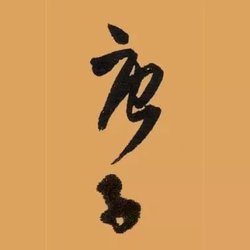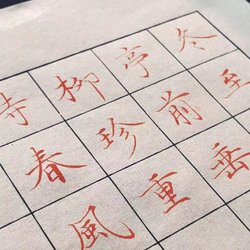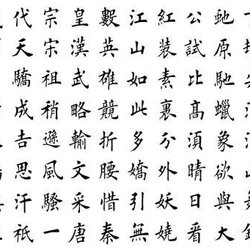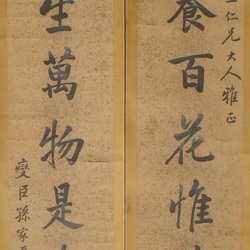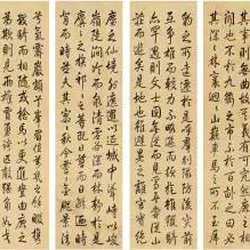Dong Qichang is good at painting landscapes. He learned from Dong Yuan, Ju Ran, Huang Gongwang, and Ni Zan. His brushwork is elegant and neutral, quiet and sparse; his ink is clear and meaningful, gentle and indifferent; his green colors are simple and elegant. He uses Zen Buddhism as a metaphor for painting and advocates the "North and South School" theory. He is an outstanding representative of the "Huating School" and has the beauty of "face, bones and posture". His paintings and painting theory had a great influence on the painting circles in the late Ming and early Qing dynasties.
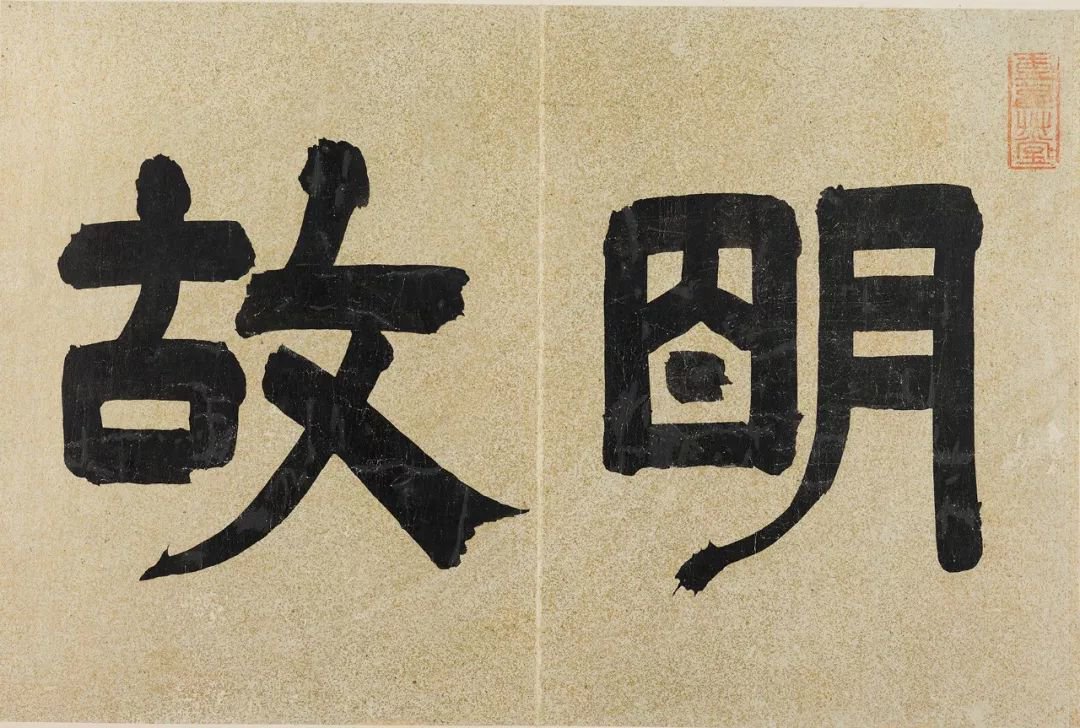
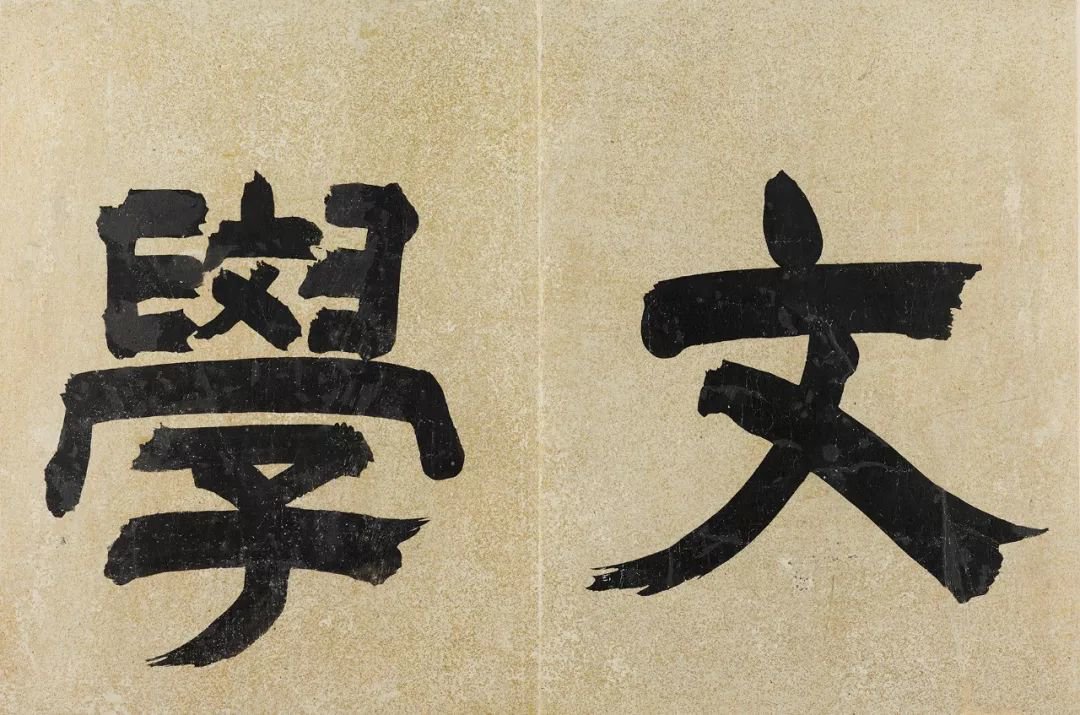
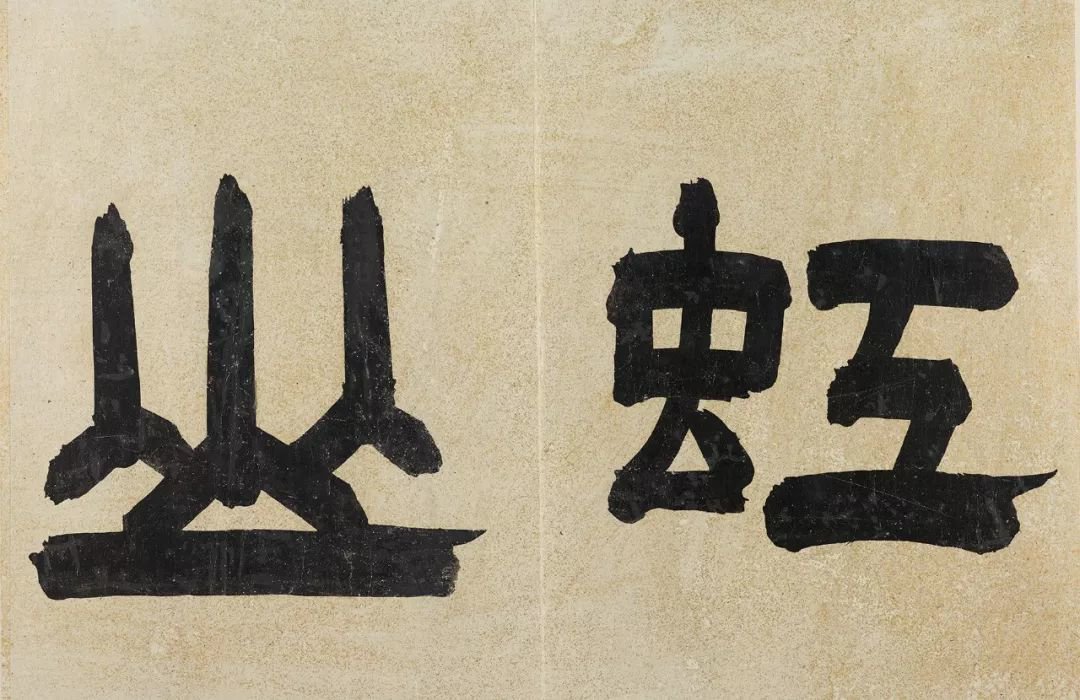
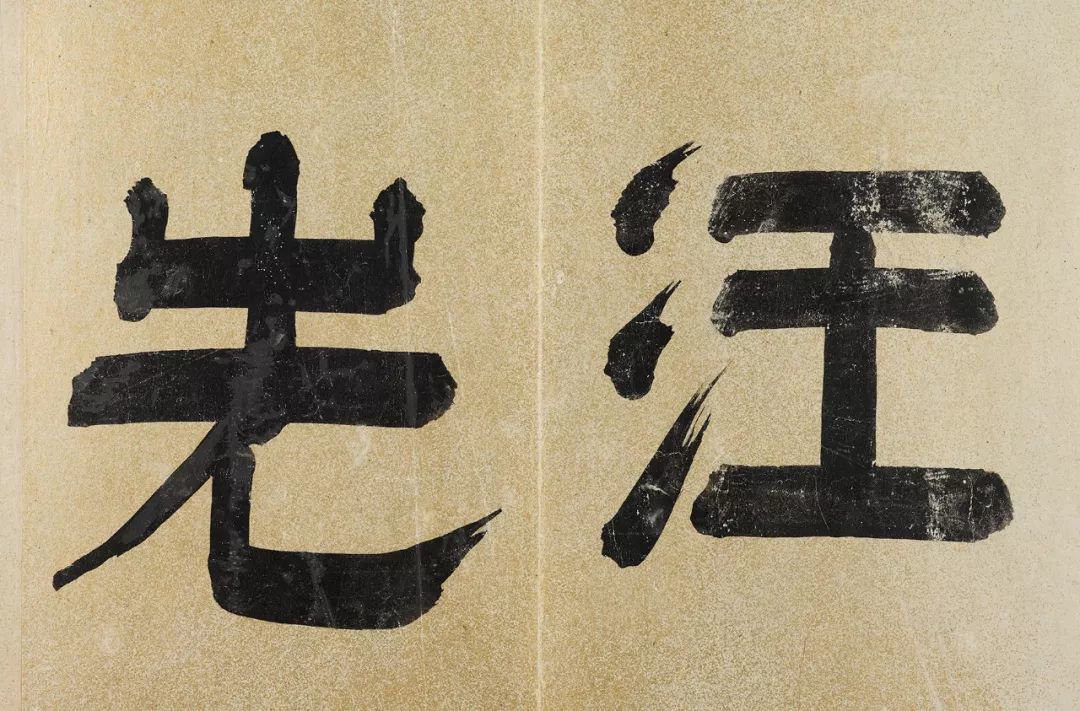
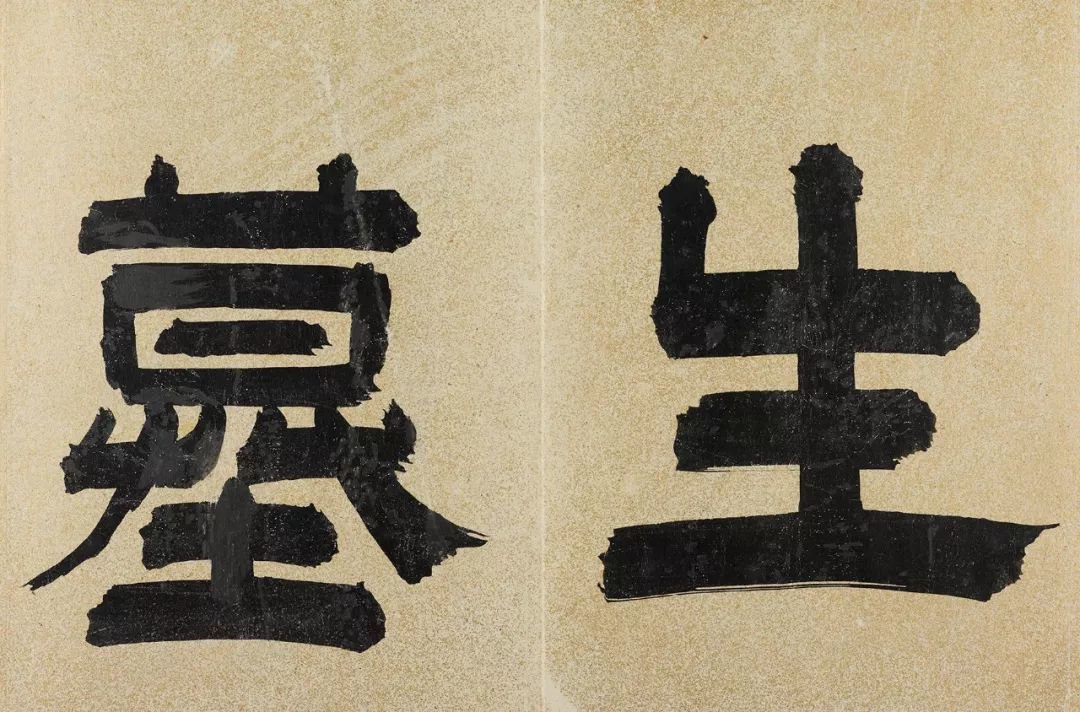
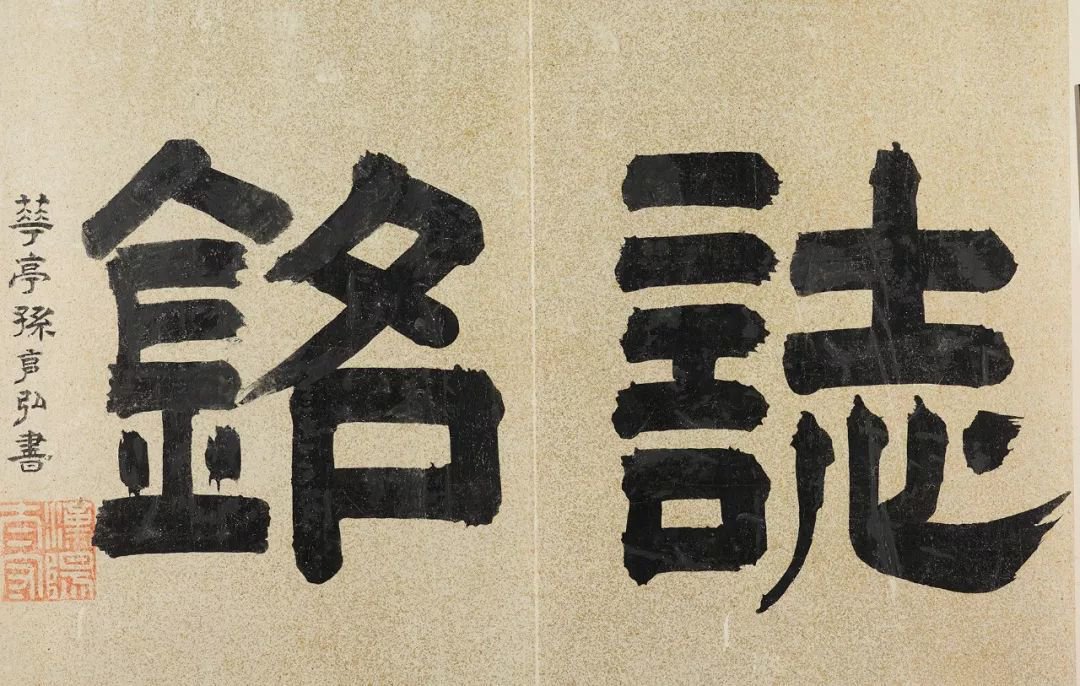
Dong Qichang's calligraphy appeared in the Jin and Tang Dynasties, and he has a unique style of poetry and prose. Li Zhimin, a professor at Peking University and the founder of the introduction of stele into grass, commented: "Dong Qichang advocated learning from the past and transforming it into the past, but his superstitious ideas on the charm of calligraphy were even more extreme than those of the ancients." Existing works include "Dwelling in the Rocks", "Eight Scenery Pictures of Autumn Hsing of Dong Qichang in the Ming Dynasty", "Zijintang Pictures", "Bai Juyi's Pipa Play", "Cursive Poems", "Pictures and Postscripts of the Mountains on the Yanjiang River", etc. He is the author of "Essays on Painting Zen Rooms", "Collected Works of Rongtai", "Xihongtang Tie" (Engraved Tie), etc.
Dong Qichang's running script "Wang Hongshan Epitaph Book"
Collection of Shanghai Museum
Dong Qichang is known as "Xing Zhang Mi Dong" in calligraphy, which means he is juxtaposed with Linyi Xing Dong, Jinjiang Zhang Ruitu, and Xutian Mi Zhong; in paintings, he is said to be "South, Dong, and Bei Mi". Mo Shilong and Chen Jiru advocated the theory of "Northern and Southern Schools", that is, dividing "courtyard style" landscape painting and "literati painting" into two schools: northern and southern schools. Dong Qichang created countless calligraphy and painting works throughout his life, of which imitation of ancient paintings and poems is an important part. What he said in "Essays on Painting a Zen Room" by "reading thousands of books" means that if a person wants to become an artist, he must learn from tradition and the ancients. When he was 17 years old, he began to learn calligraphy and wrote Yan Zhenqing's "Pagoda of Many Treasures". When he was 22 years old, he learned painting from Huang Gongwang. Later, he studied from various schools. This practice of learning from the ancients continued for 80 years and stayed with him throughout his life. He extensively absorbed the strengths of various schools of thought in the Tang, Song and Yuan dynasties and made careful explorations, which enabled him to achieve artistic achievements in calligraphy and painting that surpassed those of the ancients.
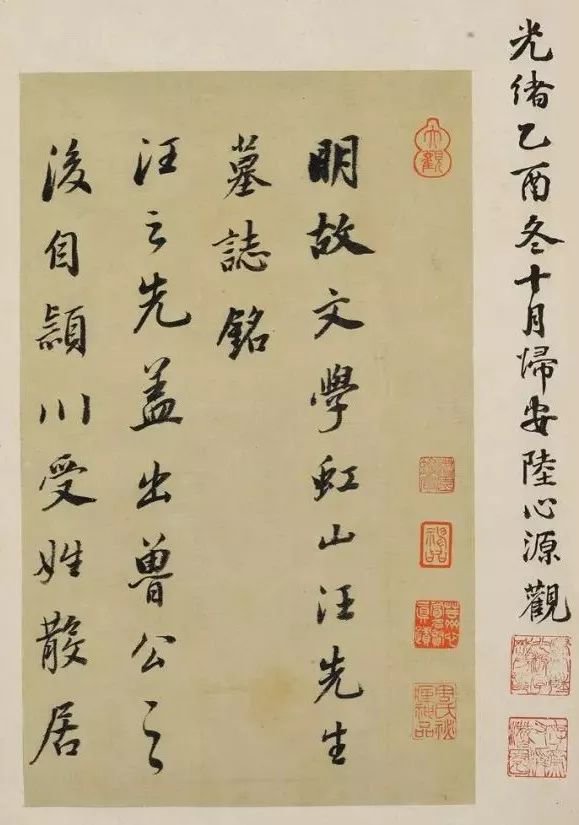
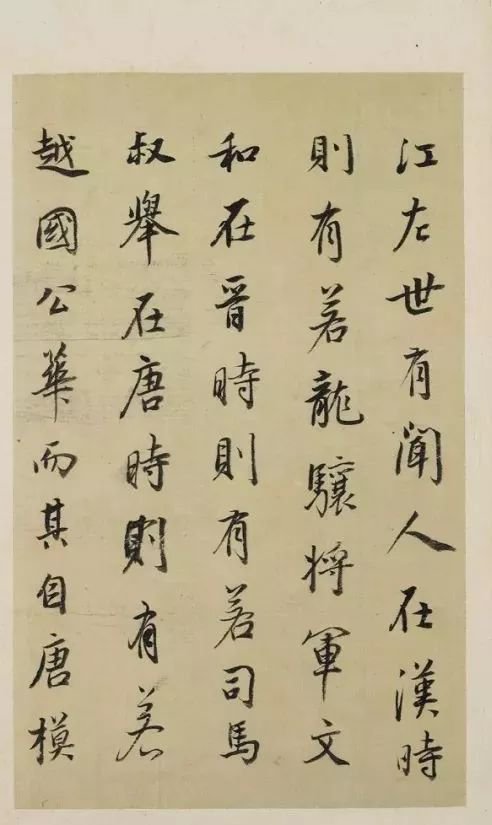
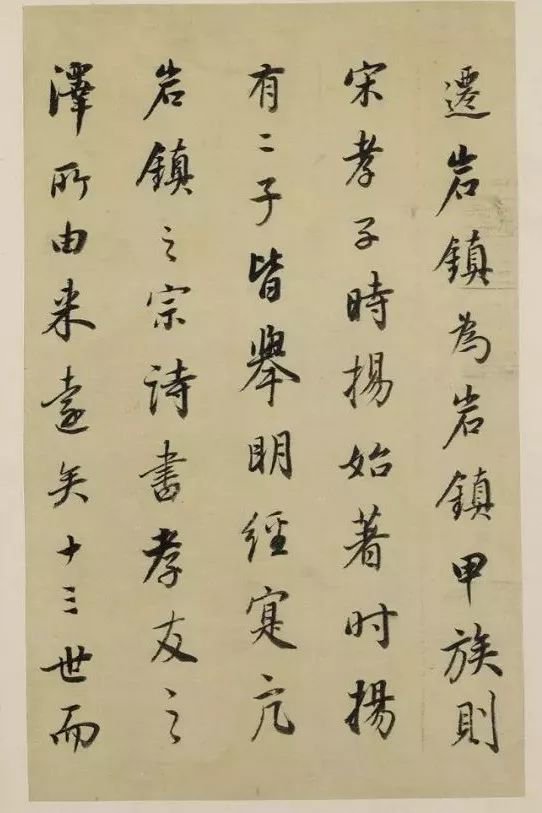
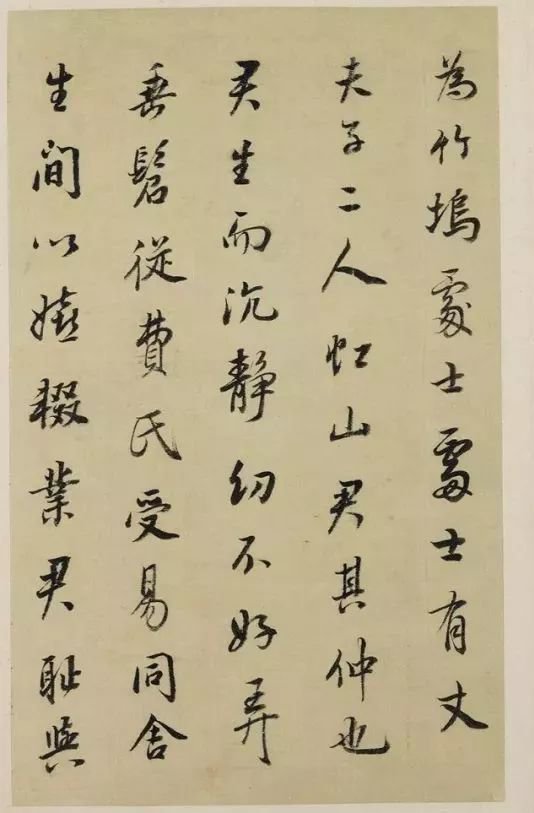
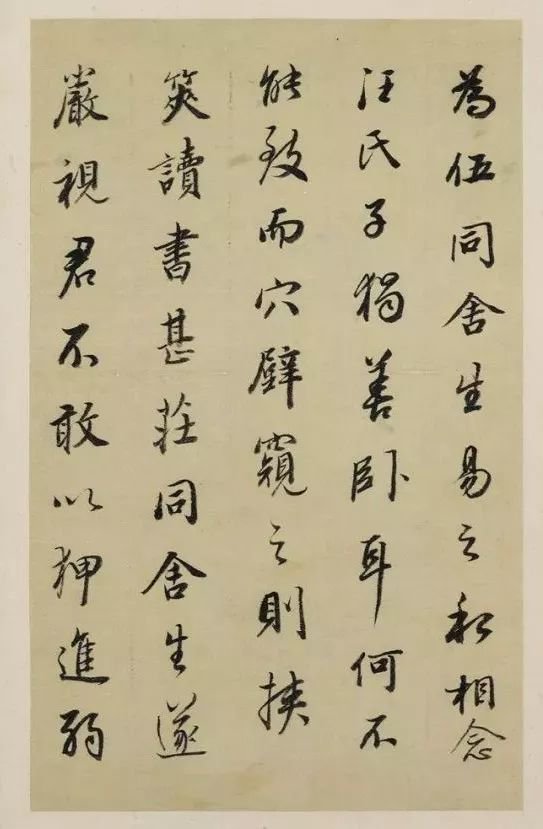
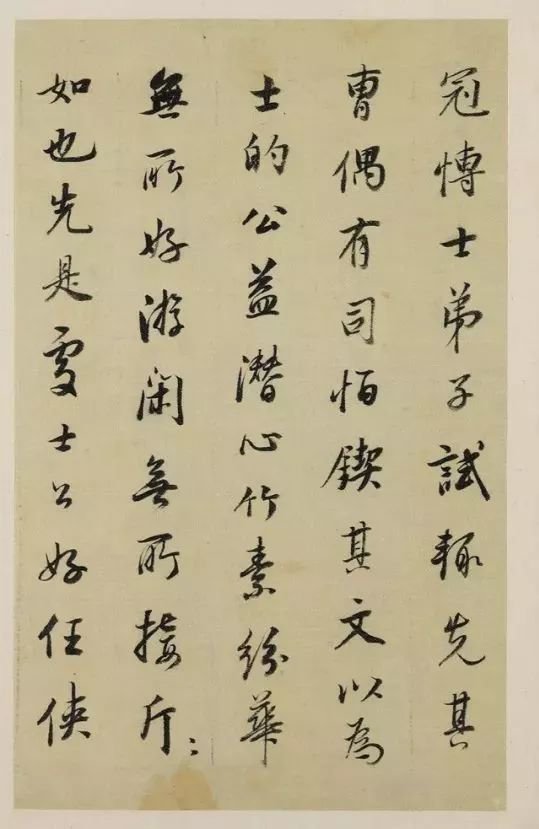
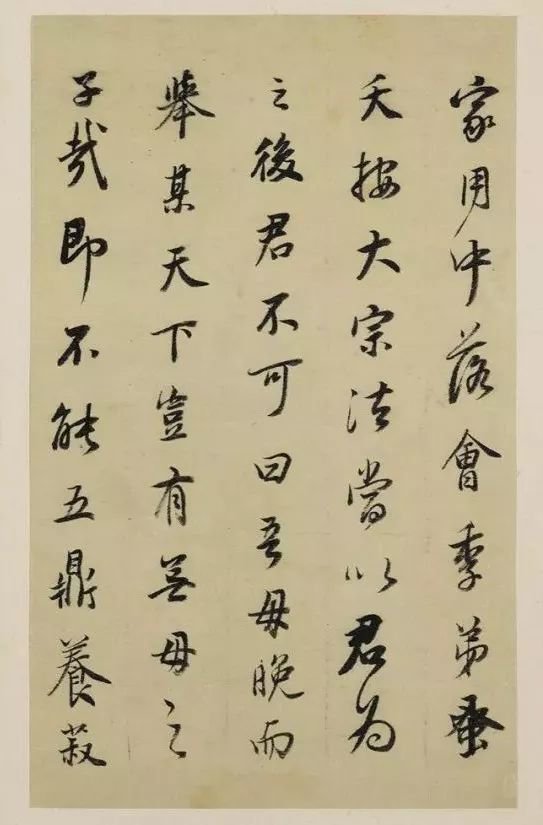
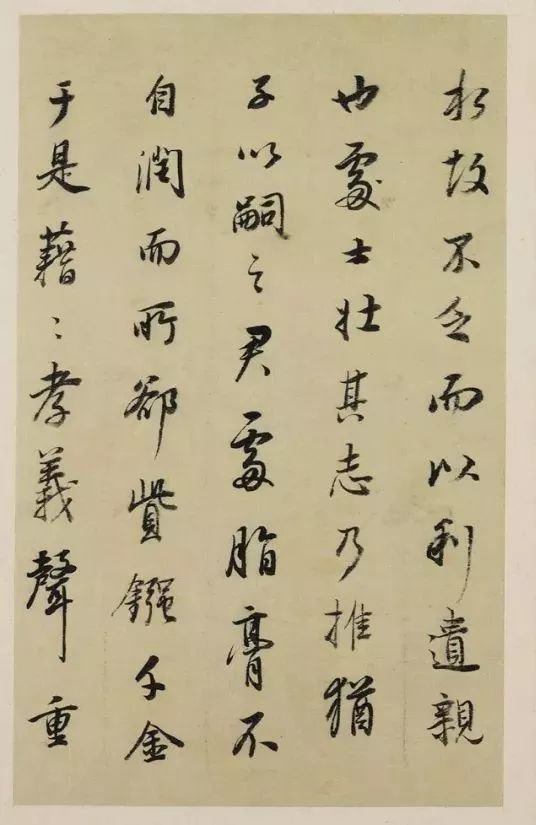
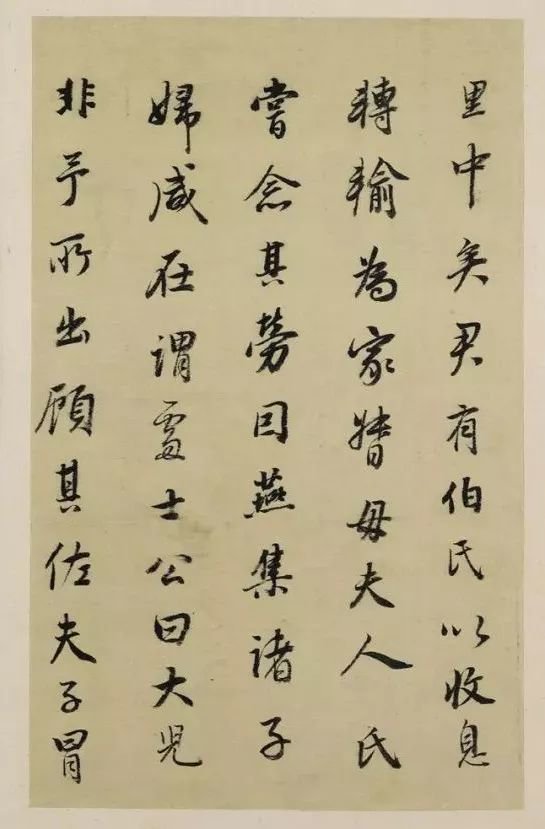
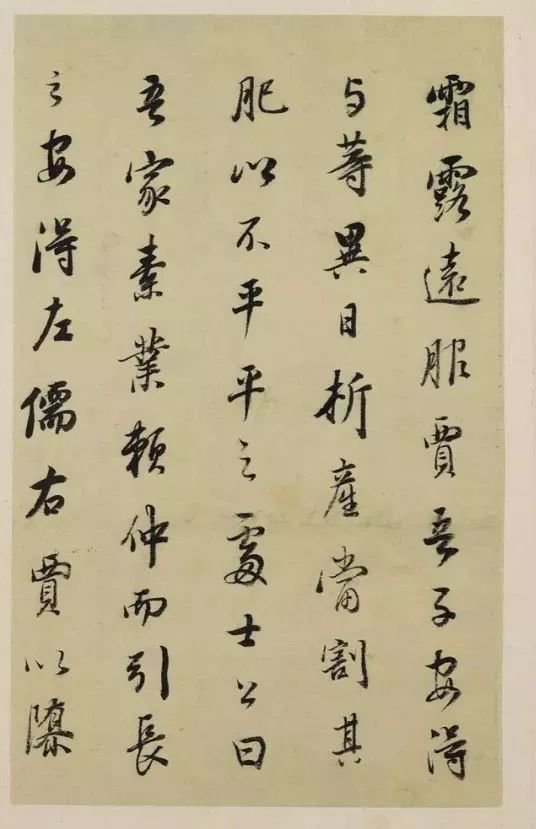
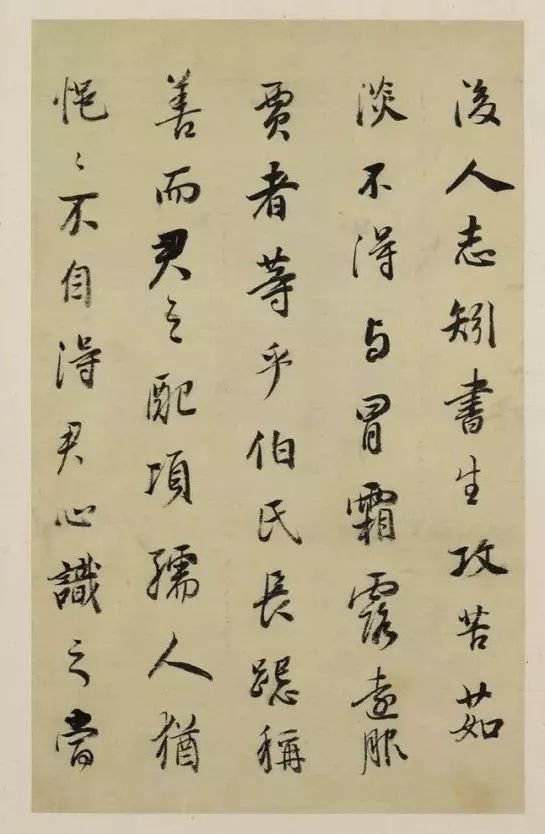
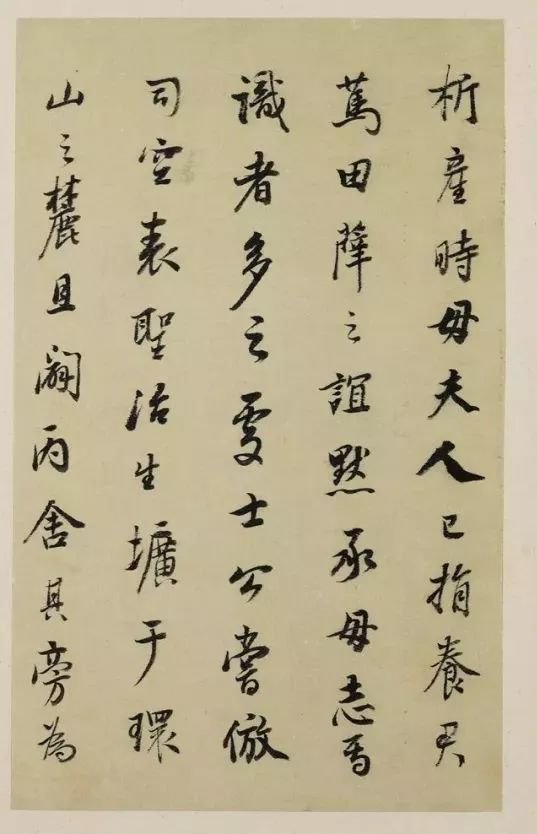
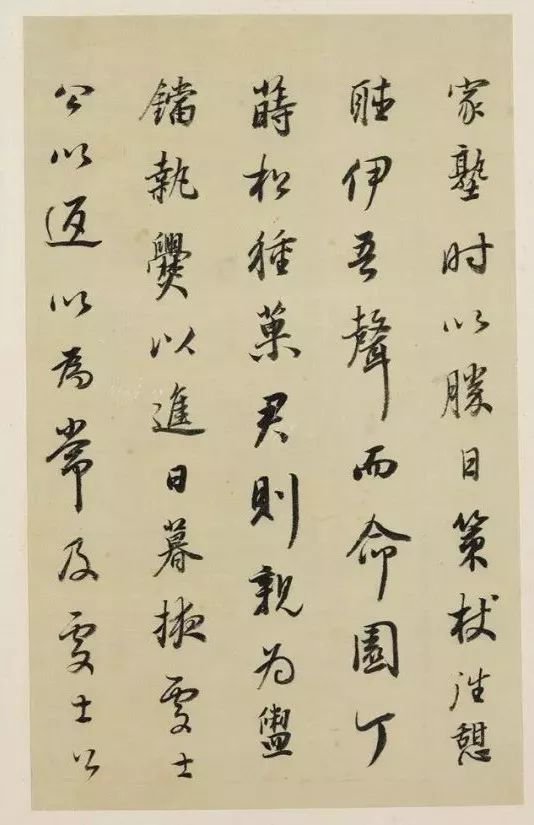
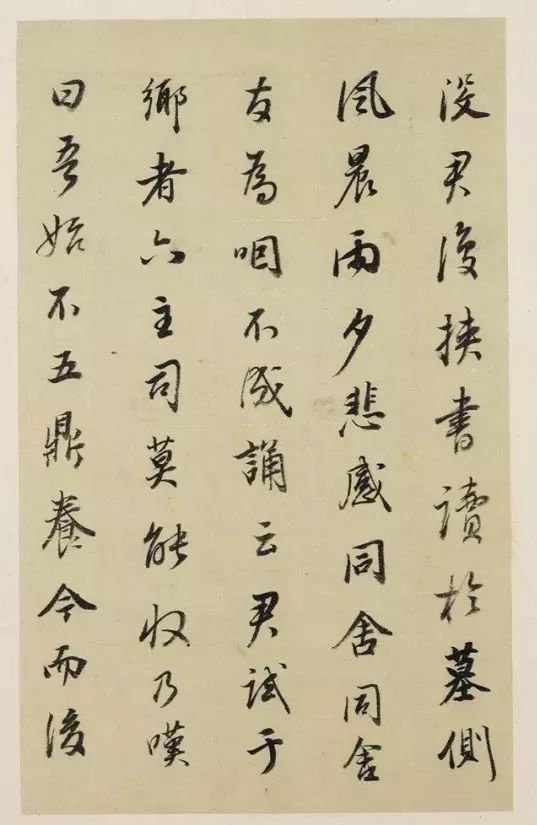
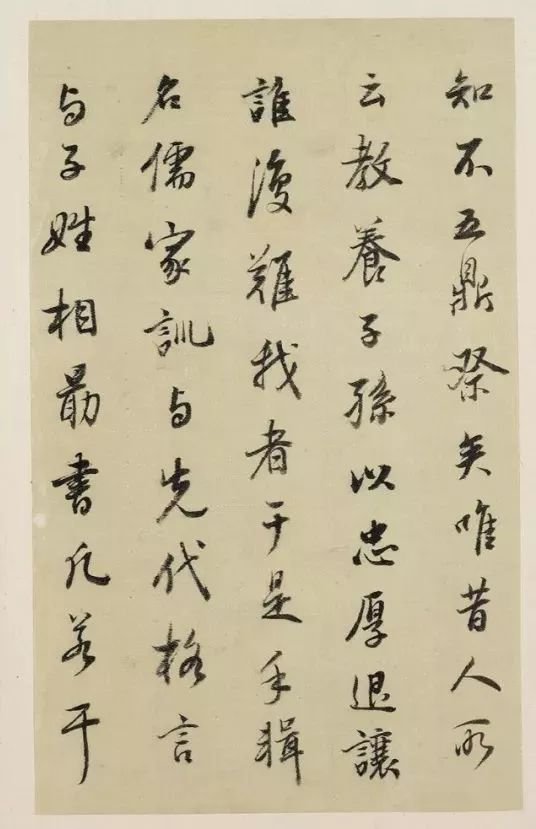
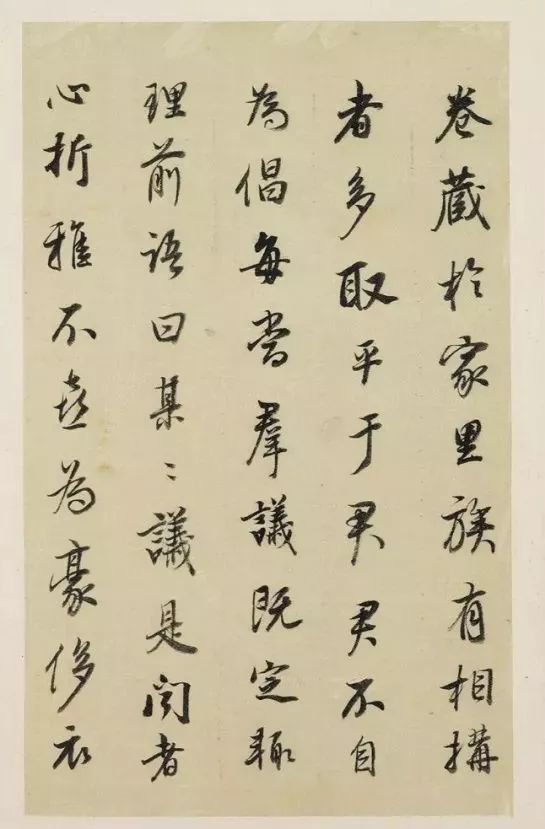
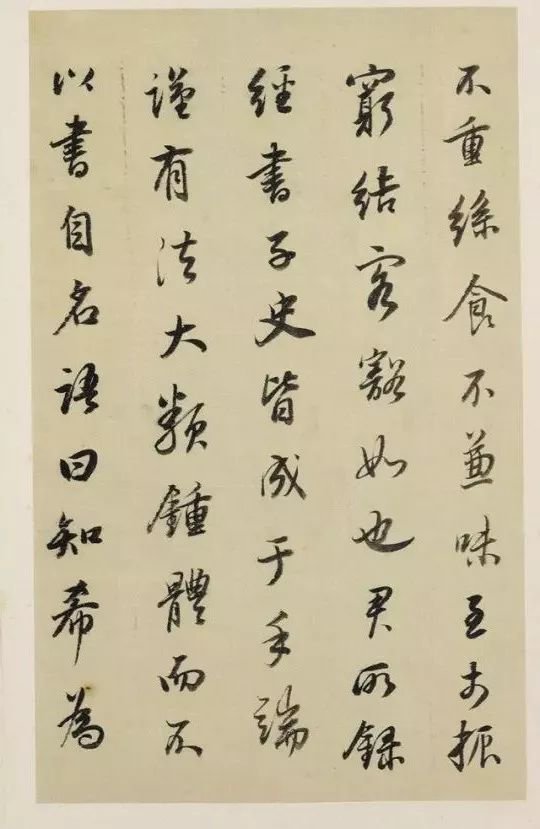
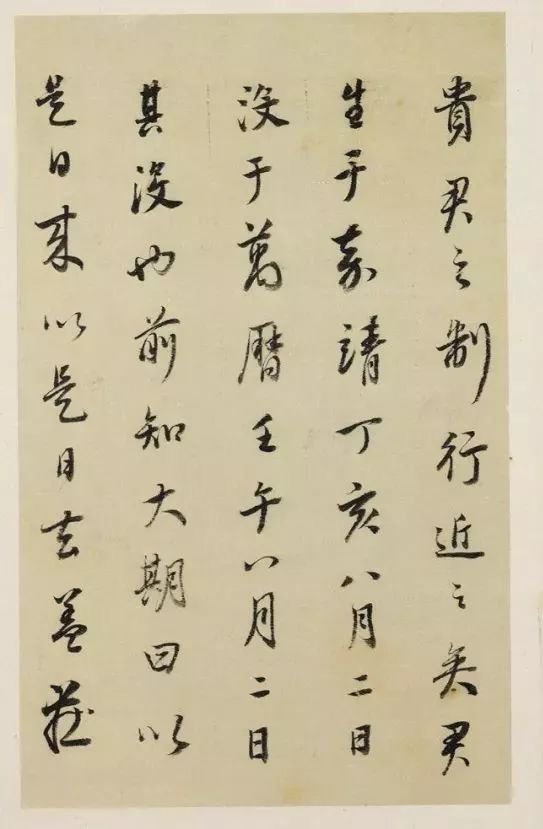
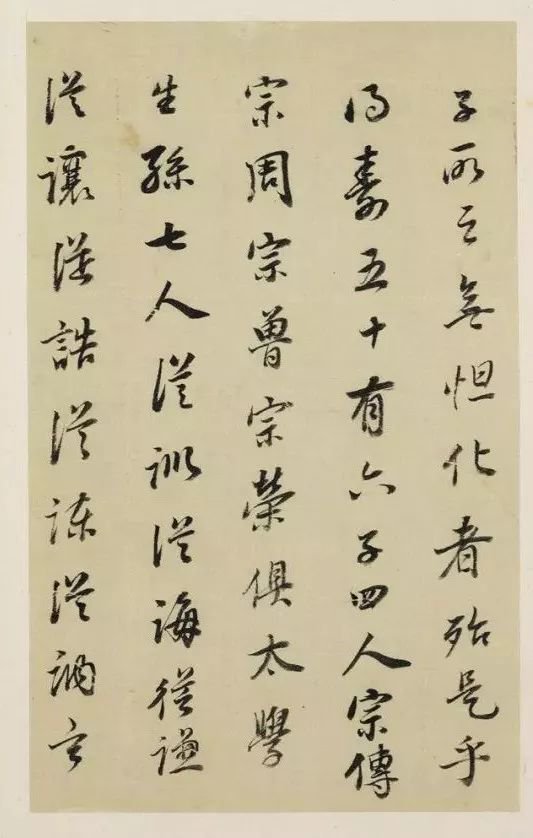
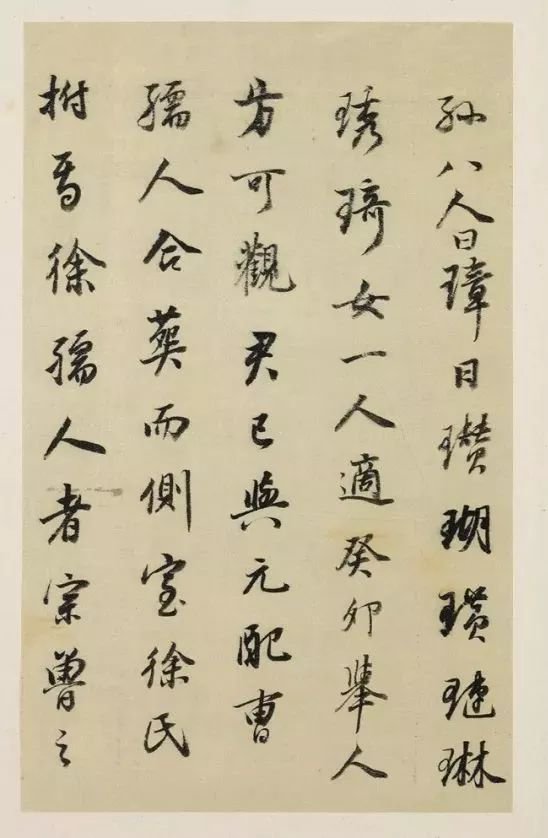
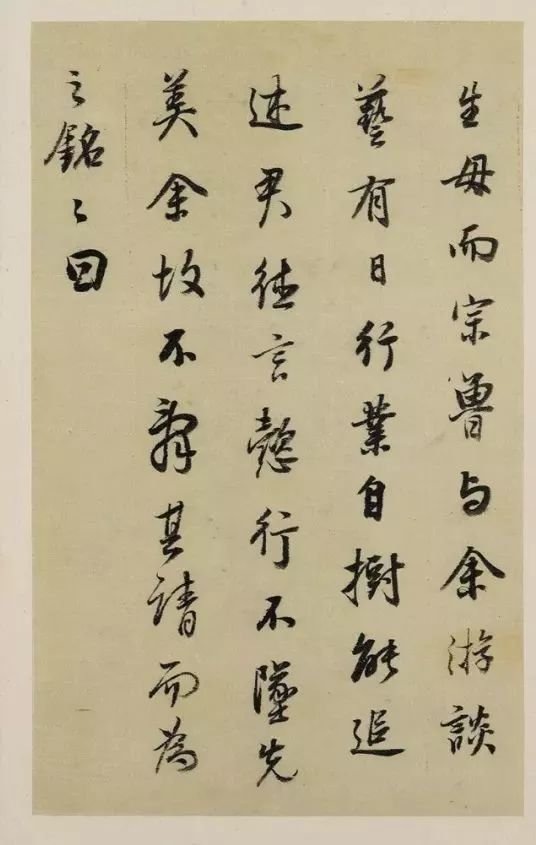
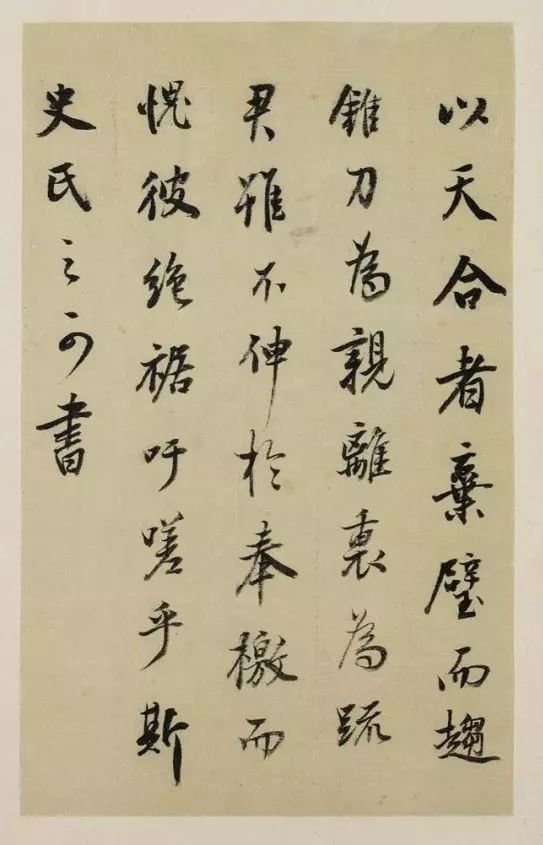
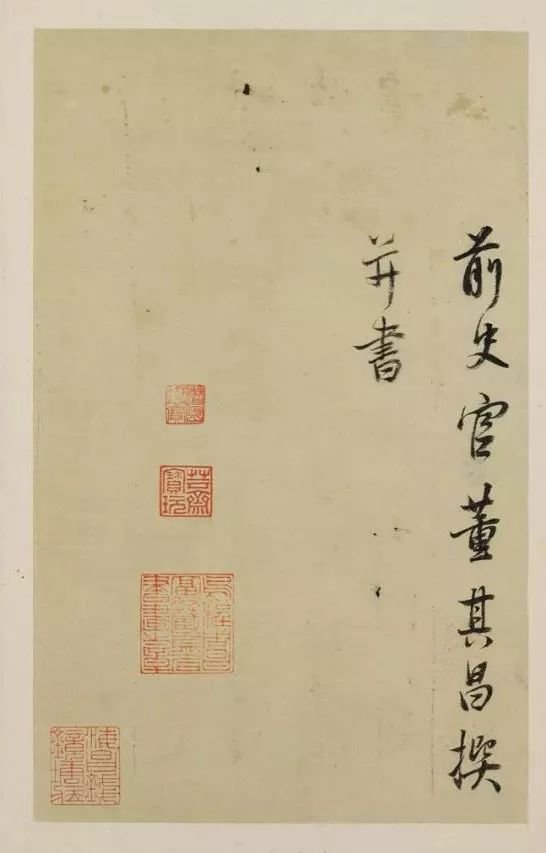
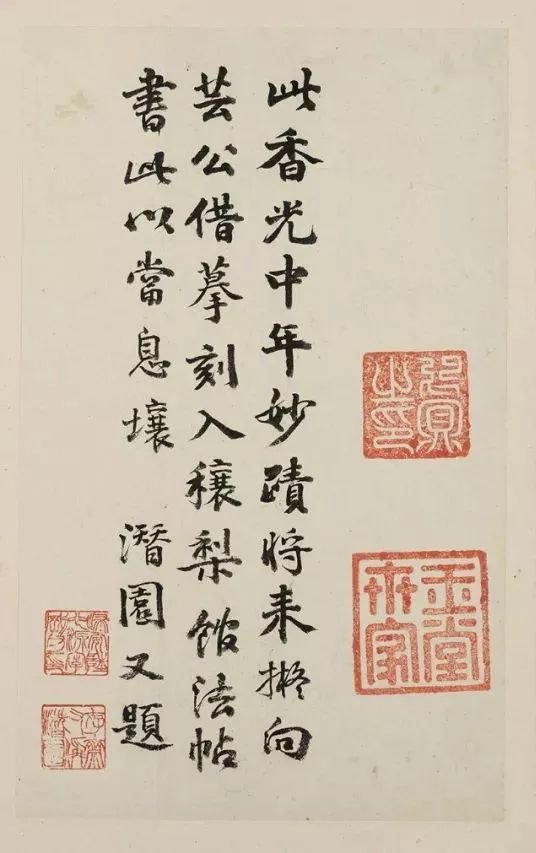
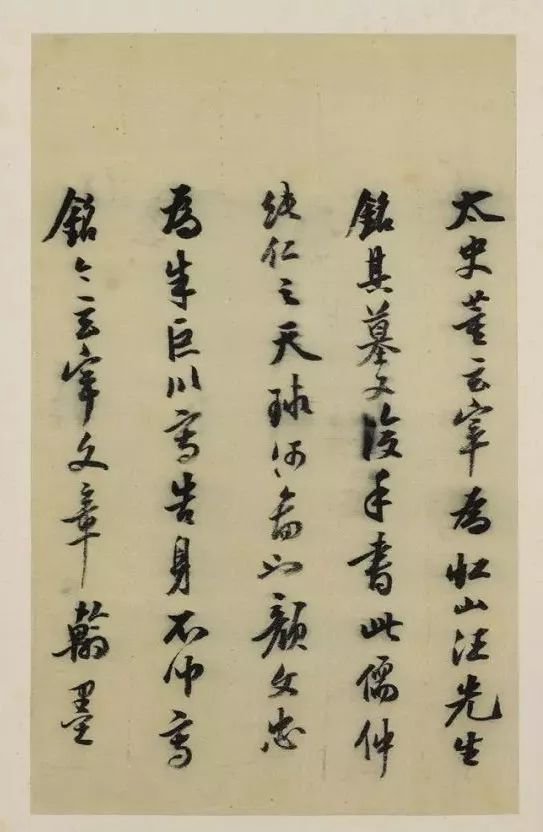
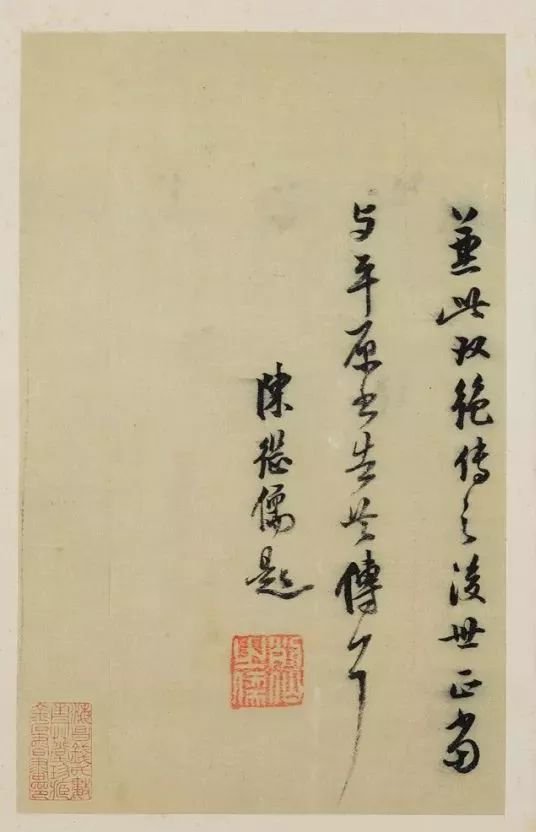
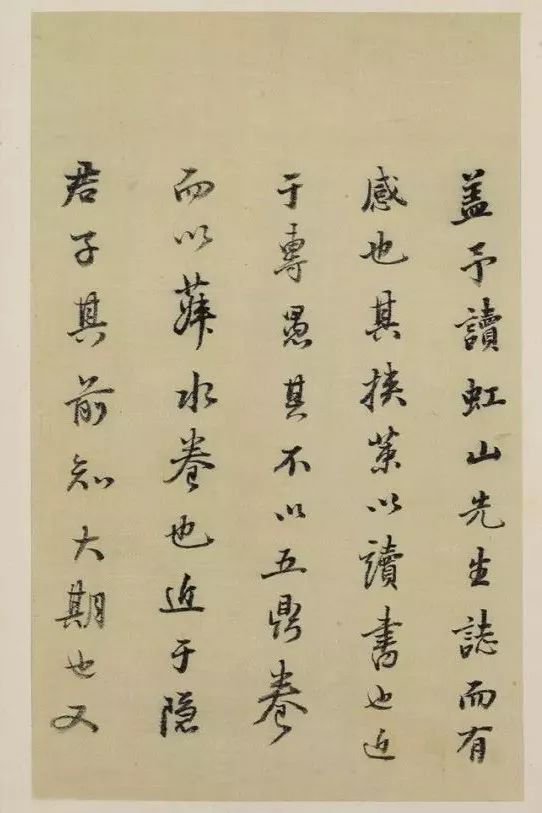
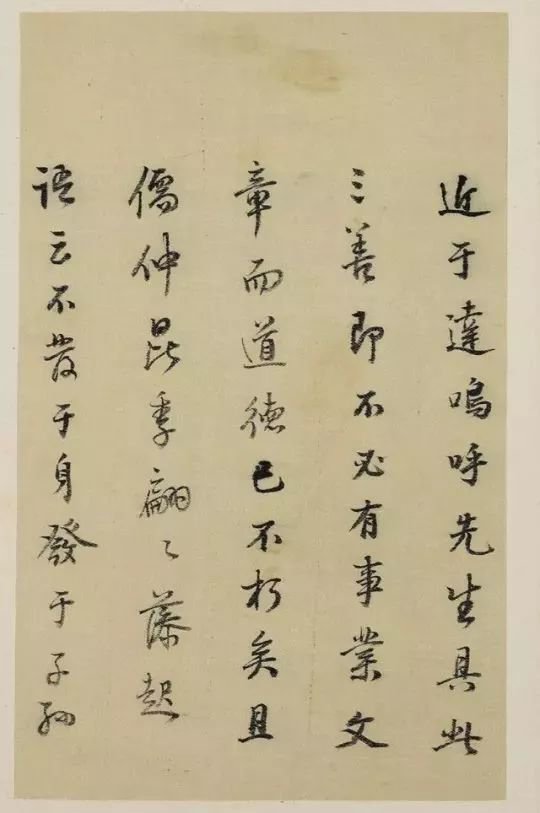
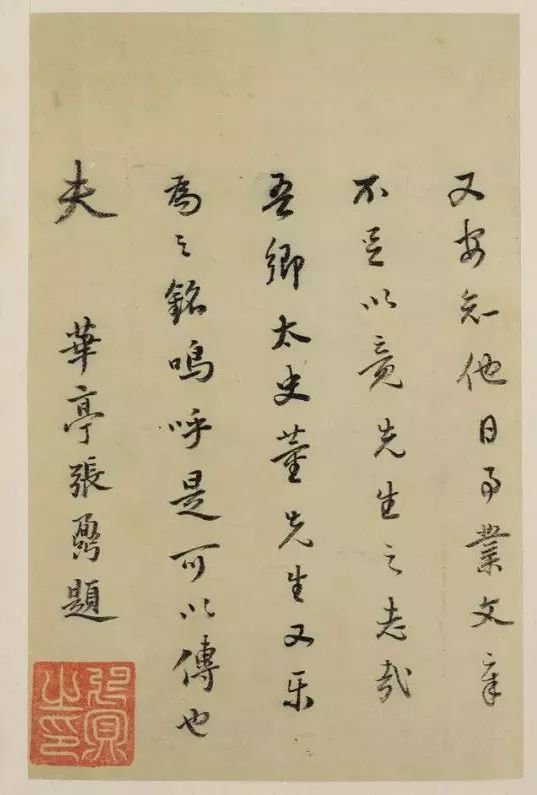
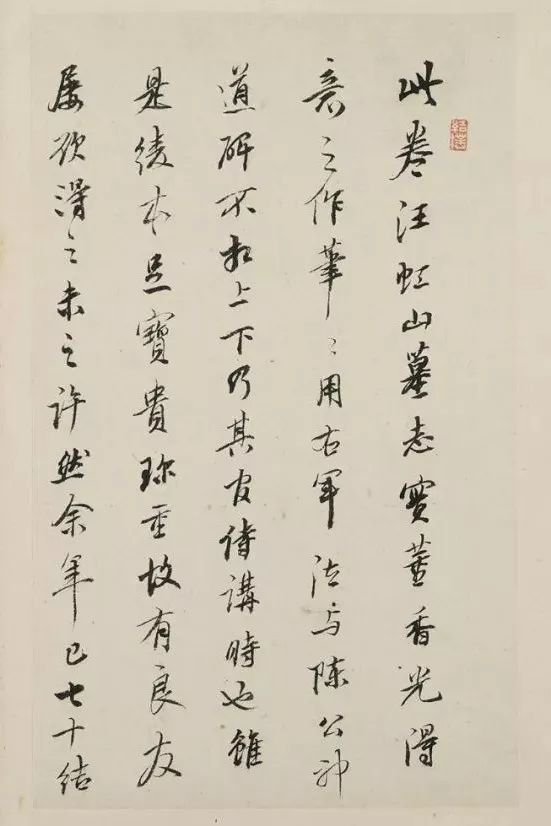
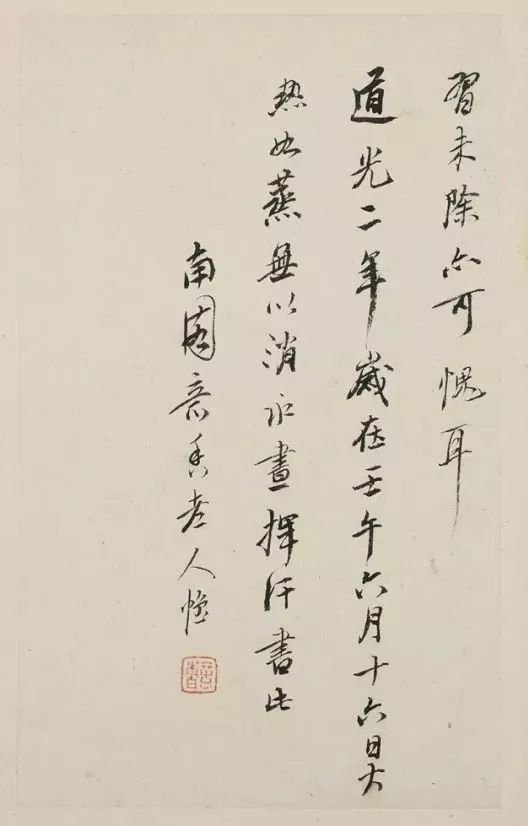
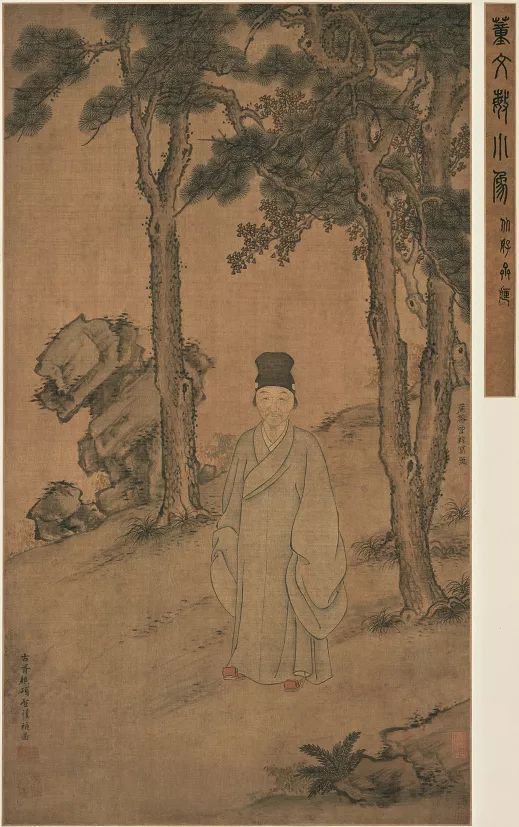
Dong Qichang (1555-1636), an outstanding master of calligraphy and painting in the late Ming Dynasty, had the courtesy name Xuanzai, nicknames Xiangguang, Sibai, and Siweng. He was originally from Shanghai County (now Maqiao, Minhang District, Shanghai), and later moved to Huating (now Songjiang District, Shanghai). ). In the 17th year of Wanli's reign, he was a Jinshi and was awarded the title of Editor of the Hanlin Academy. He was promoted to Minister of Rites in Nanjing and was given the posthumous title of "Wenmin" after his death.
As a generation of calligraphy and painting masters with great influence in the history of Chinese calligraphy and painting, Dong Qichang gathered the achievements of his predecessors, integrated them, understood the current shortcomings in the painting world, used Zen as a metaphor for painting, timely and wisely proposed and advocated the "North and South School Theory", and fully confirmed it in practice , creating another peak in the theoretical history of Chinese literati painting and opening a new chapter in the creation of literati painting. This exhibition consists of three parts: "Dong Qichang and his era", "Dong Qichang's artistic achievements and transcendence" and "Dong Qichang's artistic influence and identification of fake works", aiming to better present the artistry, classicity and academic nature of unity.


